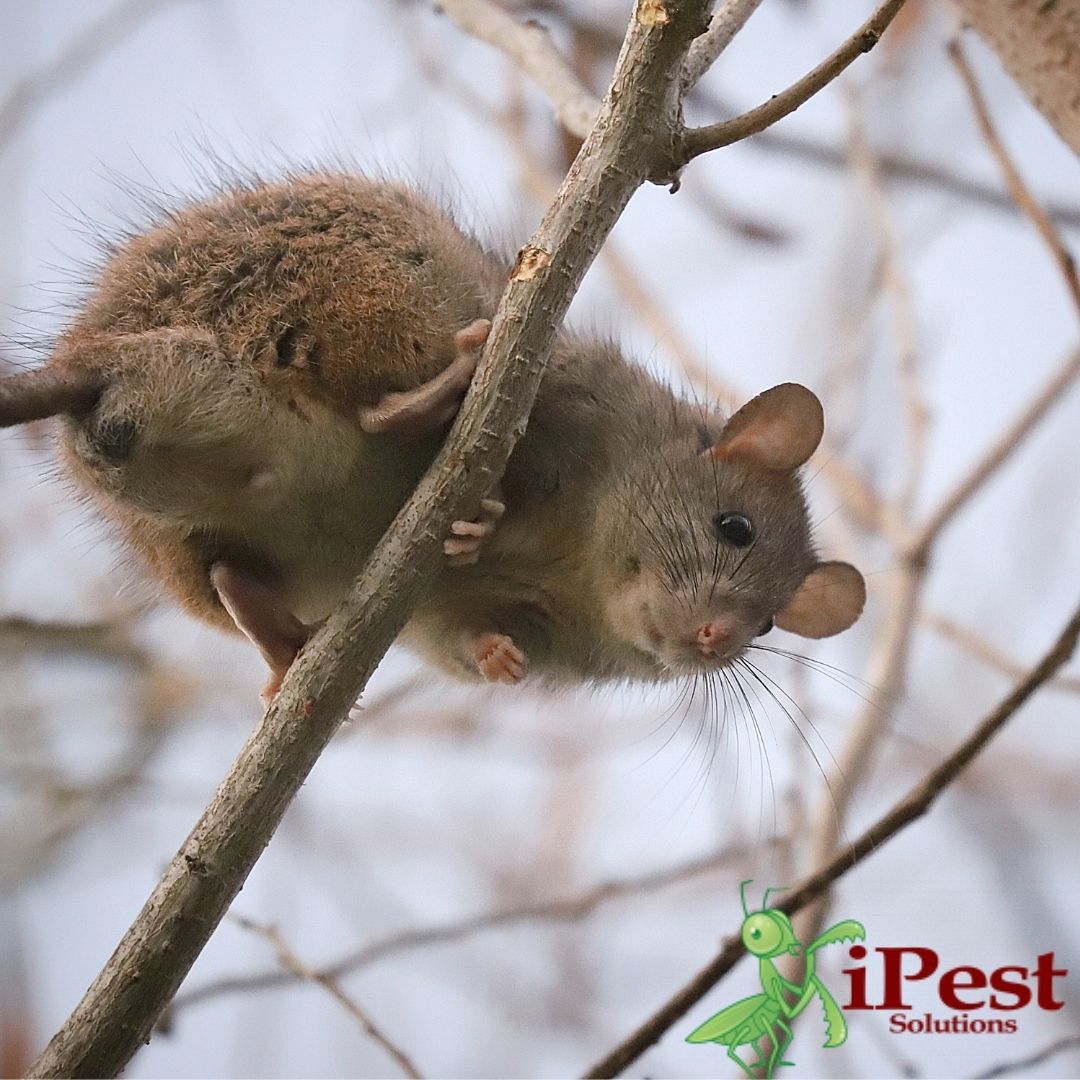Roof rats can be a major nuisance for homeowners in Texas. These agile rodents are known for their ability to climb trees, scale buildings, and find their way into our homes. In this article, we will explore what roof rats are, their habitat and behavior, signs of infestation, health risks they pose, and most importantly, how to prevent and deal with these unwanted guests.
Roof rats, also known as black rats or ship rats, are a species of rodents commonly found in urban and suburban areas of Texas. They are excellent climbers and can gain access to homes and buildings through small openings and gaps. Once inside, they can cause significant damage to property and pose health risks.
What are Roof Rats?
Roof rats (Rattus rattus) are medium-sized rodents with slender bodies, long tails, and large ears. They are typically black or brown in color and can grow up to 8 to 10 inches in length, excluding the tail. Unlike Norway rats, which are more commonly found in sewers and basements, roof rats prefer to live in elevated areas such as roofs, attics, trees, and rafters.
Habitat and Behavior
Roof rats are highly adaptable and can be found in various habitats, including residential areas, commercial buildings, farms, and gardens. In Texas, they are particularly prevalent in urban and suburban regions where there is easy access to food and shelter. These rats are primarily nocturnal, meaning they are most active during the night. They have a keen sense of hearing and smell, allowing them to detect potential threats and locate food sources.
Signs of Roof Rat Infestation
Identifying the signs of a roof rat infestation early on is crucial in preventing further damage. Some common indicators of their presence include:
- Droppings: Roof rat droppings are small, dark, and pointed at both ends.
- Gnaw Marks: Look for chewed wires, wooden structures, and plastic materials.
- Grease Marks: Roof rats leave smudges and oily marks along their frequently traveled paths.
- Nests: Roof rats build nests using shredded materials such as paper, insulation, and fabric.
- Scratching Noises: If you hear scratching or scurrying sounds in your attic or walls, it may indicate the presence of roof rats.
- Sightings: Spotting live rats, especially during nighttime, is a clear sign of an infestation.
Health Risks Associated with Roof Rats
Roof rats can pose serious health risks to humans and pets. They are known carriers of various diseases, including leptospirosis, rat-bite fever, salmonellosis, and hantavirus. These diseases can be transmitted through contact with their urine, droppings, or bites. Additionally, roof rats can introduce fleas, ticks, and mites into your home, further compromising your well-being.
Preventing Roof Rat Infestations
Prevention is the key to keeping your home free from roof rats. Here are some effective measures to consider:
- Securing Entry Points: Seal any cracks, gaps, or openings in your home’s exterior walls, roof, and foundation. Pay close attention to areas where pipes, cables, or wires enter the building.
- Removing Attractants: Keep your surroundings clean and tidy. Store food in airtight containers, pick up fallen fruits or nuts from trees, and properly dispose of garbage.
- Proper Sanitation: Regularly clean your living spaces and remove clutter. Roof rats are attracted to messy environments.
- Regular Inspections: Conduct regular inspections of your home, paying attention to attics, basements, and crawl spaces. Look for signs of infestation and promptly address any issues.
- Professional Pest Control Services: If you’re facing a persistent roof rat problem, consider hiring a professional pest control service. They have the expertise and resources to eradicate the infestation effectively.
What to Do If You Have Roof Rats?
If you suspect or confirm a roof rat infestation in your Texas home, here’s what you should do:
- Assessment: Identify the extent of the infestation and locate their entry points and nesting sites.
- Trapping: Set up humane rat traps in strategic locations to capture the rodents.
- Exclusion: Seal off entry points to prevent further access.
- Sanitation: Clean and disinfect the affected areas thoroughly.
- Monitoring: Monitor your home for any signs of re-infestation and take prompt action if necessary.
Remember, it’s essential to act quickly when dealing with roof rats to minimize property damage and health risks.
Roof rat infestations can be a significant concern for homeowners in Texas. By understanding their behavior, signs of infestation, and implementing effective prevention measures, you can protect your home and loved ones from the damages and health risks associated with these rodents. If you suspect a roof rat problem, take immediate action by securing entry points, removing attractants, practicing proper sanitation, and seeking professional assistance if needed. Stay vigilant and maintain a rat-free environment.







